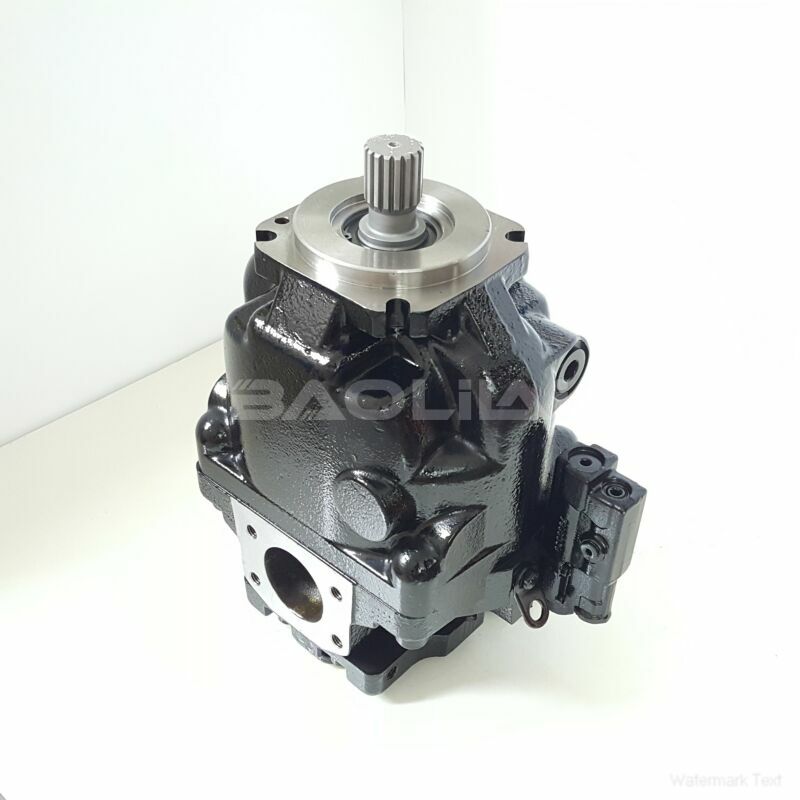ERL147CPC23NNNNN3S1RPA1NAAANNNNNN hydraulic pump
ERL147CPC23NNNNN3S1RPA1NAAANNNNNN hydraulic pump

- Product Details
- Applicable Scene
ERL147CPC23NNNNN3S1RPA1NAAANNNNNN hydraulic pump.As we look towards the future, the development of more advanced materials and technologies promises to refine hydraulic pump systems. Smart hydraulics, combined with digital controls, will lead to more responsive and intelligent systems capable of adapting to the demands of driving conditions. This development brings forth the concept of “smart vehicles,” where hydraulic systems could interactively manage energy use, providing optimized performance based on real-time data analysis.
Model Code :ER-L-147C-PC-23-NN-NN-N-3-S1RP-A1N-AAA-NNN-NNN
Model Code :ERL147CPC23NNNNN3S1RPA1NAAANNNNNN
In addition, environmental sustainability is becoming a key driving force in the automotive sector. Hydraulic systems will need to adapt to meet stricter regulations and consumer expectations regarding maintenance-free options and lower ecological footprints. Innovations in biodegradable hydraulic fluids and self-lubricating seals are becoming increasingly relevant to ensure that hydraulic systems contribute positively to the environmental goals of electric and hybrid vehicles.

Model No.ldent No. :83039149
ERL147CPC23NNNNN3S1RPA1NAAANNNNNN hydraulic pump.Implementing hydraulic systems into electric and hybrid vehicles also poses unique challenges, including complexity in integration, real-time system monitoring, and ensuring reliability. Manufacturers and engineers must collaborate to devise solutions that not only maintain hydraulic efficiency but also align with the overall electrification and automation of vehicles.
In conclusion, the future of hydraulic pumps in electric vehicles and hybrid systems is promising yet challenging. As the automotive landscape continues to evolve, hydraulic systems will need to adapt and innovate to remain relevant. By harnessing advanced technologies and materials, and focusing on sustainable practices, hydraulic pumps can still play a vital role in the next generation of vehicles, delivering performance and efficiency in a rapidly changing industry. The focus must be on integrating hydraulic technology that complements the strengths of electric drives and meets the demands of the future.





